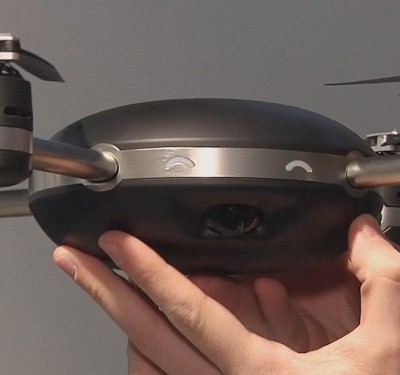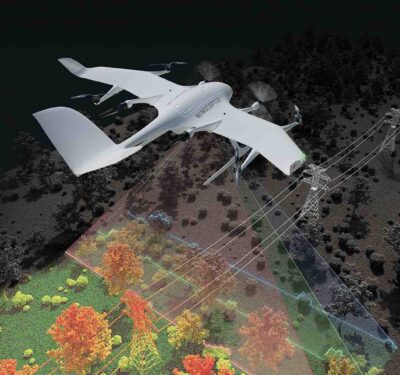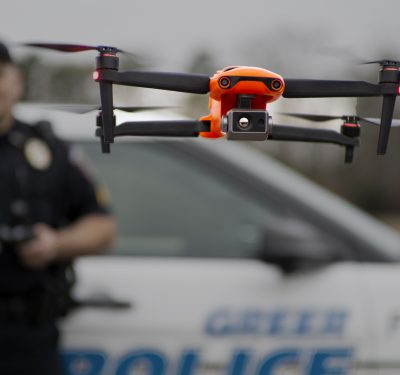
Drones meet soldering at recent workshop.
CURPAS e.V., Ersa hold two workshops “drone meets soldering iron” with soldering and flight demonstration at universities.
“Drones are safe and reliable when, among other things, all components are correctly soldered”, Jörg Nolte, product manager Soldering Tools, Rework and Inspection Systems, recently stated in his introductory lecture at the two workshops on manual soldering at the University of Zielona Gora in Poland and at the Technical University in Chemnitz.
The idea for these two workshops was born during the CURPAS International Annual Conference in the summer of 2018, where Nolte spoke to drone experts about solder joints for the first time. “We discussed the topic of electronics in unmanned systems with Mr. Nolte right from the start. The assembly of the UAS stands at the very beginning of the value chain that we defined,” explains Dr. Christina Eisenberg, treasurer and network manager of the GRW network CURPAS. “Since we at CURPAS see our task in bringing together experts from various disciplines, it was obvious that we wanted to bring the expertise of Mr. Nolte and Ersa to the association and its members to ensure a transfer of know-how to the next generation of engineers.”
Both in Zielona Gora (Poland) and at the TU Chemnitz more than 30 students from different technical studies participated in the workshops. These consisted of a presentation in which Manfred Wolff, soldering specialist from Ersa, gave a detailed lecture on electronics production and in particular on the importance of solder joints. In a second presentation, the participants were given an insight into the application areas of drones, which was concluded in Poland with a flight demonstration by the Zielona Gora fire brigade. At the Technical University in Chemnitz, the German drone manufacturer Tholeg Robotics, a member of CURPAS e.V., presented its drone for police and fire brigade operations and answered students’ questions about flight times, possible applications and legal framework conditions. The workshop ended with a live demonstration of manual soldering, in which the students were able to try Ersa soldering tools themselves. In addition, students in Poland and Germany had an opportunity to win an Ersa soldering station.
“Drones are flying robots jam-packed with electronics. We wanted to show the students in the workshops how important electronics are and what they have to pay attention to when it comes to their development. Unmanned systems will take over many tasks in the future and many of the workshop participants will work in these areas. That is why we have been running these events with CURPAS because we want to share our know-how with the future developers of such systems,” said Nolte after the workshop in Chemnitz.
Eisenberg added: “We see these two events as pilot projects for further opportunities to work with Ersa. The number of participants proofed us right and I was surprised at how many young women took part in the workshops. I therefore assume that we will intensify the cooperation. It is also important that a reference is made to real applications. That is why we also involved users and drone manufacturers in the events.”






